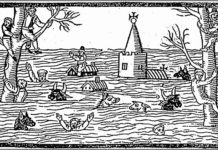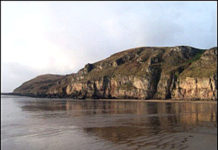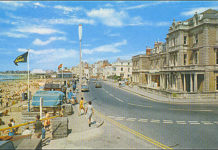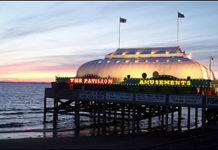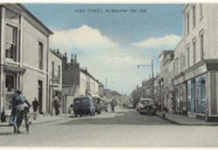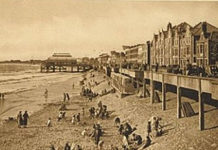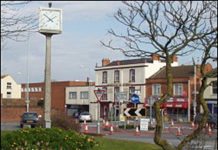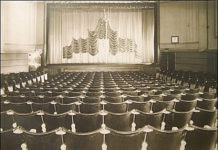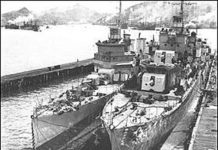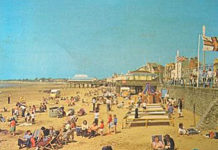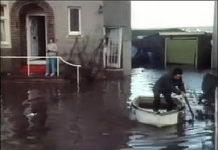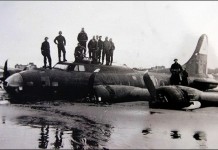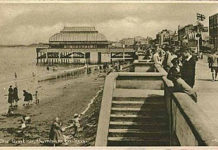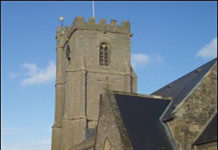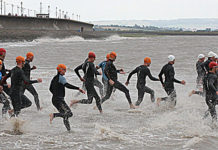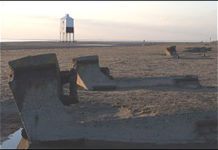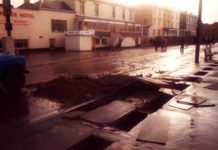Mulberry Harbour blocks on Burnham-On-Sea Beach
A significant piece of World War II history can be seen on Burnham-On-Sea Beach near the town’s famous wooden lighthouse.
For lying here, partially buried in the sand, are the remains of 30 large concrete blocks which formed part some of the man-made Mulberry Harbours used to land troops and machinery in France.
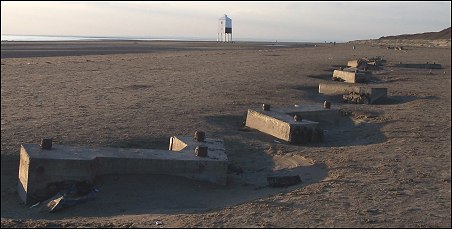 The story behind these blocks is incredible. By 1944 the Germans had used their years in France to turn most of the English Channel ports into fortresses, so much so that there was no question of capturing them in an attack either from sea or air.
The story behind these blocks is incredible. By 1944 the Germans had used their years in France to turn most of the English Channel ports into fortresses, so much so that there was no question of capturing them in an attack either from sea or air.
The Allied troops needed harbours in order to land their hundreds of thousands of troops and millions of tons of supplies which would be needed if Operation Overlord, the code-name given to D-Day, was to succeed.
The apparently ridiculous idea was mooted of using artificial harbours to land and support what was to be the world’s greatest invasion. Such was the scale of the operation that two harbours would be required, each the size of Dover itself.
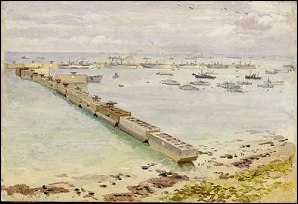 The harbours, code-named ‘Mulberries’, would consist of 73 individual prefabricated concrete blocks which when assembled would make up the ports, breakwaters and pontoons where ships could tie-up and unload their precious cargoes.
The harbours, code-named ‘Mulberries’, would consist of 73 individual prefabricated concrete blocks which when assembled would make up the ports, breakwaters and pontoons where ships could tie-up and unload their precious cargoes.
Floating ramps would be used as roadways to allow the lorries to be driven directly on to the beaches. The component sections of the harbours would be built in ports throughout the UK and towed across the Channel for final assembly off the Normandy coast.
The most spectacular feature of the Mulberry project were the huge, hollow blocks of concrete – which can be seen on Burnham Beach.
Before being flooded, each block weighed between 1,500 and 6,000 tonnes. The largest ones measured sixty by seventeen metres, and were the height of a five-storey building.
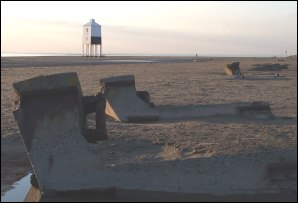 In the early hours of D-Day June 6th 1944, an invasion fleet of more than 1,000 ships carrying 156,000 men headed towards the coast of Normandy, and the individual sections of the two Mulberry Harbours went with them.
In the early hours of D-Day June 6th 1944, an invasion fleet of more than 1,000 ships carrying 156,000 men headed towards the coast of Normandy, and the individual sections of the two Mulberry Harbours went with them.
Tugs towed the sections of concrete and steel pontoons which would make up the seven miles of piers and jetties. After assembly one harbour would support the American sector opposite Omaha, the other the British and Canadian beaches, opposite Arromanches.
In the first six days of the invasion the Allies managed to land a third of a million men on French soil.
Once the war was over, some of the blocks were left in place along the French coastline (and can still be seen today) while others were removed and dropped off around the coastlines of England to be used as sea defences.
RELATED LINKS:

